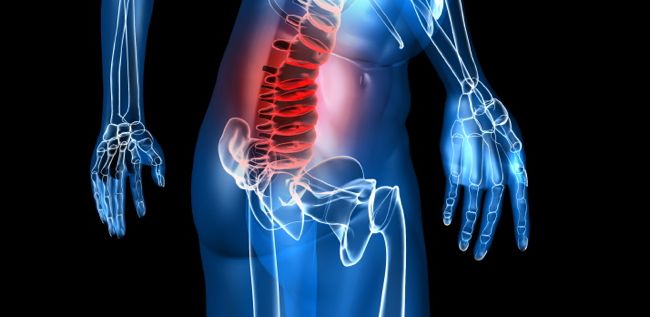
Training Around Back Pain
Many of the older men we train come to us with some varying degree of back pain. Contrary to what you may think, this isn't a death sentence when it comes to lower body training. Whether they have a formal diagnosis or not, it's our job to make sure they can train safely and effectively while either improving or, at the very least, managing their condition.
Before you stop reading this because you don’t think you have a back problem, check this out. A study published in the New England Journal of Medicine looked at 98 spinal columns. Within that group, researchers found that:
- 52 percent of subjects had a bulge at least one level
- 27 percent had a protrusion
- 1 percent had an extrusion
- 38 percent of those subjects had vertebral disk issues at more than one level
If you passed fourth grade math, you know this means that 80 percent of the total population had a back issue. Here’s the kicker—100 percent of the test subjects were asymptomatic, meaning they had no idea they were walking around with back issues! This goes to show that your back may not be doing as well as you think.
Top 5 Ways to Train with Pain
Here are the top five ways we enhance training with back pain:
1) Strengthen the musculature surrounding the spinal column. The main function of our core is to resist movement and create stability. To build strength and stability in the area, we utilize tons of planks, Supermans, bird dogs, and anti-movement exercises.
2) Walk with ankle weights. Walking in general is very therapeutic for the spine. By adding ankle weights, you're also creating a small amount of traction with every step you take. This can serve as a good start to a warm up before lifting, too.
3) Incorporate unilateral training. By holding dumbbells in your hands instead of a bar across your back, you greatly reduce the compressive forces on the spine and also reduce torque on the low back because of the lowered center of gravity. Additionally, unilateral movements are always great for curing any muscular imbalances that may already exist.
4) Use a reverse hyper machine. I understand that not everyone has access to a piece of equipment like this, but if you do then consider yourself lucky. This machine is credited with rehabbing many back injuries. Beyond just being a great assistance exercise, the reverse hyper also decompresses the spine during the eccentric portion of the lift allowing synovial fluid to lubricate the spinal column. It also strengthens the spinal erectors (see point #1).
5) Add chains for accommodating resistance. Again, I know not everyone has access to bands and chains where they train, but if you do, use them! The bottom position of a squat or deadlift is where the lumbar spine is most vulnerable. By keeping the weight on the bar lighter and adding chains for additional resistance at the top, you reduce the amount of torque placed on the lumbar spine in that vulnerable position but still keep the weight heavy once you get near lockout.









